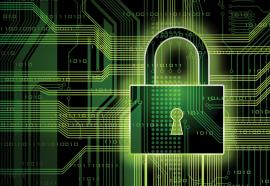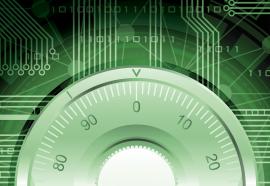Transmission Rate Incentives
Submitted by meacott on Tue, 2011-11-08 17:03FERC’s move might appear calculated to send a message to the power industry.
The Federal Energy Regulatory Commission (FERC) in mid-October granted a trimmed-down set of rate incentives for the proposed $1.6 billion RITELine transmission line project.








